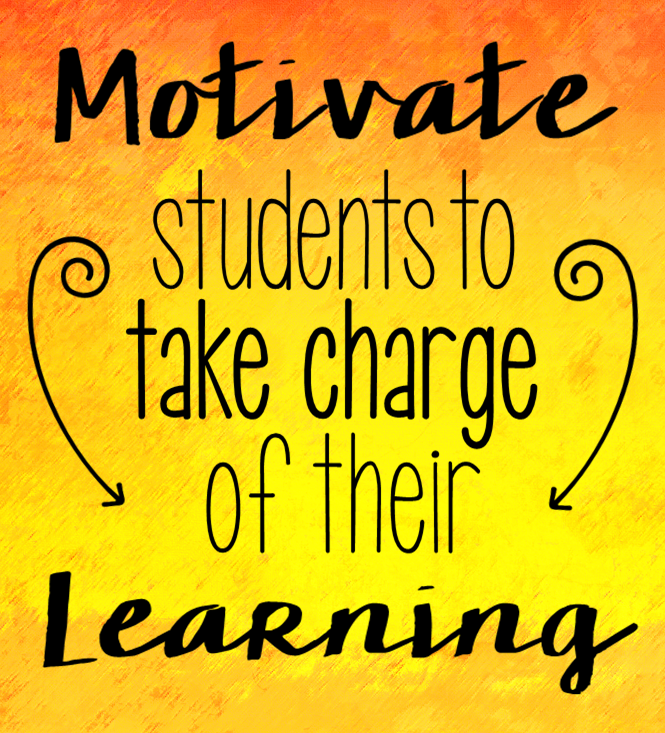My previous blog post discussed a strategy I have developed called Casual Conversation. I have found this to be an effective tool for teaching my students conversational skills and giving them a chance to practice the skills on a regular basis with a wide variety of partners. This strategy has numerous benefits, but the ostensible aim is to prepare kids for more structured, academic conversations down the road, particularly during UDL-friendly activities such as group projects and conferences with the teacher. In this post, I will discuss another strategy, Reflective Journaling, which helps me both bridge the gap between Casual Conversation and academic discussions and connect SEL skills and the Affective Domain of Bloom’s Taxonomy (Don’t worry, I’ll explain) to other parts of my curriculum.
As I have discussed in my previous UDL-related blog posts, I believe that Engagement is the important first step in successful UDL implementation. For me, engagement is not about trying to entertain my students or motivate them with extrinsic rewards. On the contrary, I want the positive experiences of being in a safe, comfortable environment; having their interests and preferences taken into consideration; and being given ample opportunities to collaborate and communicate with their fellow classmates to be their own rewards. In order for my students to take full advantage of these experiences, they need to have strong SEL skills and be self-directed learners who value growing as learners and thinkers. To this end, I have developed daily journaling activities that allow my students to reflect deeply on their current skills in these areas and discuss how to improve them with classmates.
SEL Journaling
As you are likely aware, there are five SEL competencies that we humans need in order to thrive as learners, friends, employees, and family members. These are: self-awareness, self-management, social-awareness, relationship skills, and responsible decision-making. Together, the five competencies make up half of the content of my daily journaling activities. The method I employ is to focus on a single competency for an entire week before moving onto the next one. On day one of a week, I introduce (or reintroduce) the competency and the first journal prompt. After being given about 10 minutes to reflect and journal on the prompt, students participate in a simple Kagan structure in order to share their thoughts with at least one other student. Finally, we share out with the whole class, except in instances where I feel the topic might be a bit sensitive.
The daily journal prompts for a given SEL competency are inspired by the following resource from CASEL.
I make a Google Slides presentation that can be displayed on the board; this includes CASEL’s definition of the competency and the bullet-pointed examples that accompany it. I have also embedded a YouTube link to a mix of calming music to be played while the kids reflect and write. I also write myself a note in the “speaker notes” section about which Kagan structure would work well with the prompt. See the example below.
I also make a student version of the weekly Slides presentation with room for the kids to type their responses into text boxes. One great thing about this activity is that the writing the kids are doing is low-stakes. I tell them to just write whatever comes to mind without worrying about spelling or grammar. This helps set the stage for more formal writing assignments that also address SEL, such as personal narratives. Here is an example of a student Slide presentation.
Aside from the obvious differences between SEL and the Affective Domain, the formatting of the journaling activities is the same. Here is an example of an AD prompt:
Writing Every Day,
Eric Lovein


















